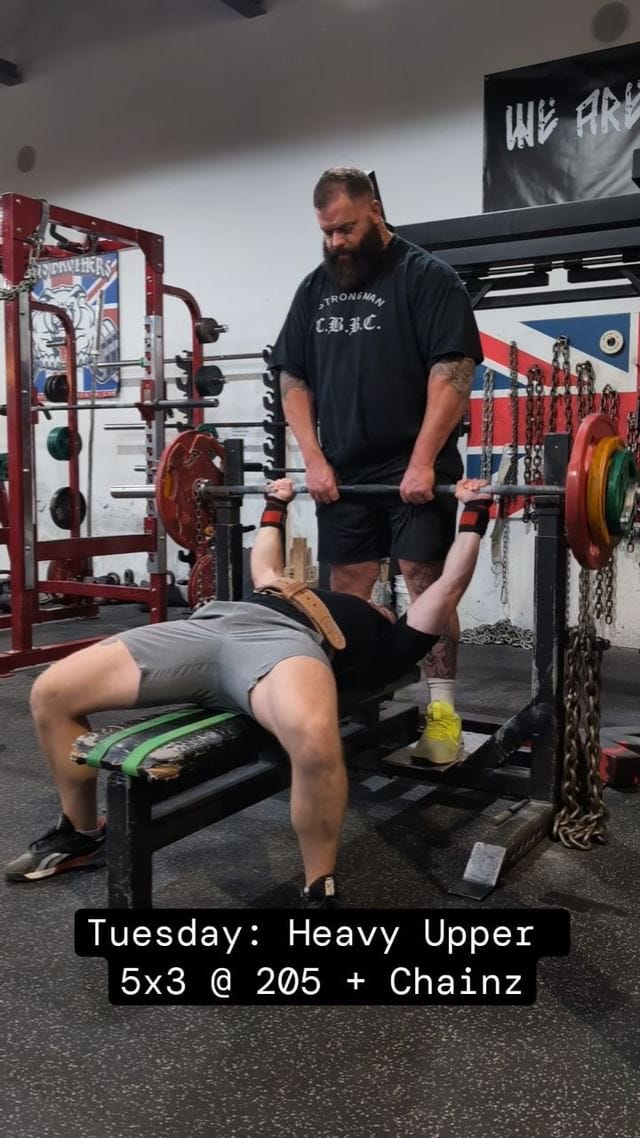I love lifting the heaviest weight I can for one repetition, which is the whole premise behind the sport of powerlifting. I did my first two meets last summer, and I have signed up to do my third meet seven months from now.
However, at this point in my training, I rarely do heavy single-repetition lifts. Instead, I build up to heavy-ish sets of 3-5 repetitions on my main barbell movements (such as squat, bench, and deadlift variations), do sets of 6-10 on my supplemental exercises (such as overhead or dumbbell presses, rows, lunges, good mornings, and Romanian deadlifts), and then do sets of 10-25 on accessory exercises (such as shoulder raises, bicep curls, leg extensions, etc.).
Instead of practicing heavy singles to sharpen that specific skill, which is mostly improved neurologically in the short-run before a competition, I am doing more reps with less weight in order to build the foundational strength and musculature that will increase my long-turn potential to lift the heaviest weight possible. In short, I am doing capacity training instead of utilization training.
Nobody gets better at running the marathon by going out and running 26.2 miles as fast as they can each week. They do a lot of long, slow miles to build aerobic capacity and sprinkle in some speed work and technical drills.
Scottie Scheffler does not win the Master’s by playing Augusta National every week in preparation. He spends countless hours on the range perfecting his drives, approach shots, and wedges.
In order to improve and reach our potential in any sport, we must shift our mindset to one that appreciates delayed gratitude. That can be difficult to do in a world where you can have almost anything you want, right now.
For more on capacity vs utilization training, check out these posts:





